Ancient Dna
Where do we come from, and what relationship do we have with extinct hominids? Svante Pääbo earned the 2022 Nobel Prize in Physiology or Medicine for his significant discoveries about ancient Dna.
by Francesca Stazzonelli, Federica Villa and Sofia Gaudioso
The Nobel Prize in Medicine was awarded this year to the Swedish biologist and geneticist Svante Pääbo «for his discoveries concerning the genomes of extinct hominins and human evolution». Pääbo has dedicated his scientific career to studying ancient Dna, such as sequencing the genome of Neanderthals and discovering potential interactions with Homo sapiens. By revealing the genetic differences that distinguish modern humans from extinct hominids, his findings provide the basis for explaining what makes us unique.
Svante Pääbo has scientific research in his blood. Born in 1955 in Stockholm, he is the son of the Estonian chemist Karin Pääbo and the Swedish biochemist Sune Bergström, who won the Nobel Prize for Medicine in 1982, precisely 40 years before his son. But that’s not all: Pääbo is also a great expert on antiquity, a passion that has led him, since the days of his doctorate in medicine, to study ancient mummies and prehistoric men and to wonder if it would ever have been possible to extract and study Dna from fossils.
The answer is yes. And precisely, this answer, together with other extraordinary discoveries, earned him the Nobel prize. Pääbo is considered one of the founders of a new scientific field, paleogenomics, or rather the study of the past through the examination of the genetic material deriving from the remains of ancient organisms. In this case, the ancient organisms are our ancestors. Pääbo has focused his research on studying ancient Dna since 1997, when he became director of the Evolutionary Anthropology Department of the Max Planck Institute in Leipzig, Germany. That same year, Pääbo and his colleagues announced that they had sequenced the Neanderthal mitochondrial Dna (mtDna) from a specimen found in Feldhofer Cave in the Neander Valley. And ten years later, they announced their intention to reconstruct the entire genome of Neanderthals. 2010 was an extraordinary year for both Pääbo and paleogenomics: the Swedish biologist published in Nature a report on the Dna analysis of a finger bone found in the Denisova cave in Siberia. The results suggest that the bone belonged to an unknown extinct Homo, the Denisova hominins.
After a few months, Svante Pääbo and his team manage to sequence the entire genome of the Neanderthal and publish this discovery in Science. Thanks to this study, they conclude that between 50 thousand and 60 thousand years ago, there was interbreeding between Neanderthals and Eurasian hominins (but not between those from sub-Saharan Africa). Indeed, one of the implications of his research is that the gene flow from these now-extinct hominins to Homo sapiens occurred after the migration from Africa about 70,000 years ago. This ancient flow of genes has great physiological relevance for present-day humans, for example, it influences how our immune system reacts to infections.
How did Svante Pääbo find out about all this? He started to study how to isolate, sequence, and analyze Dna from ancient samples of different species, keeping firmly in mind to apply it one day with samples from Neanderthal bones. His first research was based on the analysis of mitochondrial Dna because it is present in many copies in the cells, so there are higher chances of success. This Dna, transmitted to the offspring only by the mother, contains partial information on the cellular genome. For that reason, Pääbo tried to examine nuclear Dna, thanks to a new highly efficient sequencing technique and the collaboration with experts in population genetics.
The difficulties encountered along the way were not a few. First is the contamination with the Dna of bacteria and with the Dna of all those who had handled the samples. He solved this problem by designing cleanrooms able to minimize contamination. But then, other crucial challenges arose. For example, determining the amount of ancient Dna present in a sample and understanding what changes it may have undergone over time from a biochemical point of view and what could be the best conditions for keeping it intact. Over the years, Pääbo and his team have proposed various solutions, identifying the types of damage that ancient Dna can undergo and developing methods of extraction and purification of Dna based on silica. And they discovered that low temperatures significantly reduce the samples’ deterioration rate.
Thus, one piece at a time, Pääbo and colleagues have entirely changed the understanding of our evolutionary history. They have also paved the way for discovering new information about the functions of some parts of our genome. Several associations have been identified between archaic genotypes from Neanderthals and Homo sapiens phenotypes, which in some cases are also pathological. Pääbo’s work offers the possibility of understanding how this gene flow influences the physiology of human beings today.
Sofia Gaudioso, Francesca Stazzonelli e Federica Villa students of the Master “La Scienza nella Pratica Giornalistica” of Sapienza University of Rome


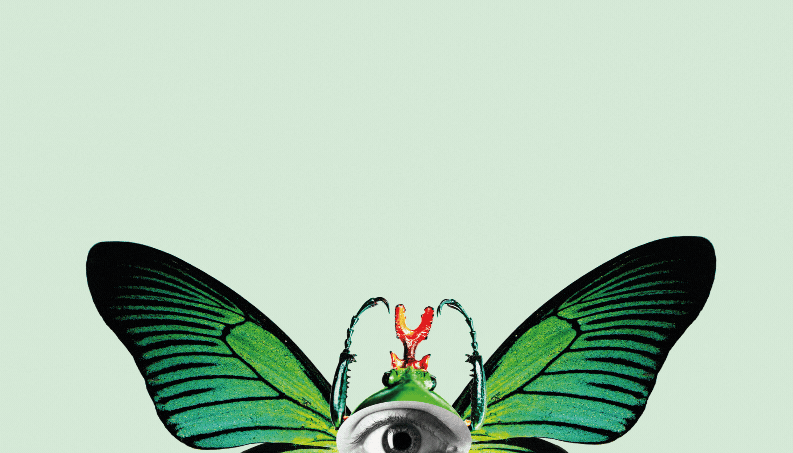

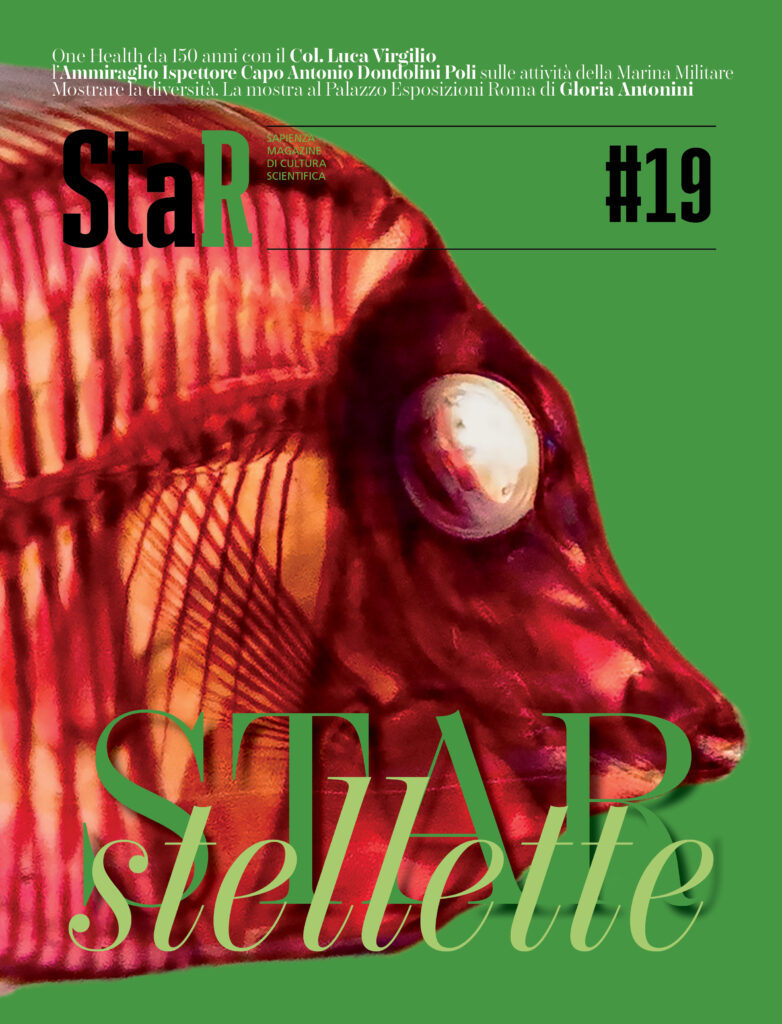





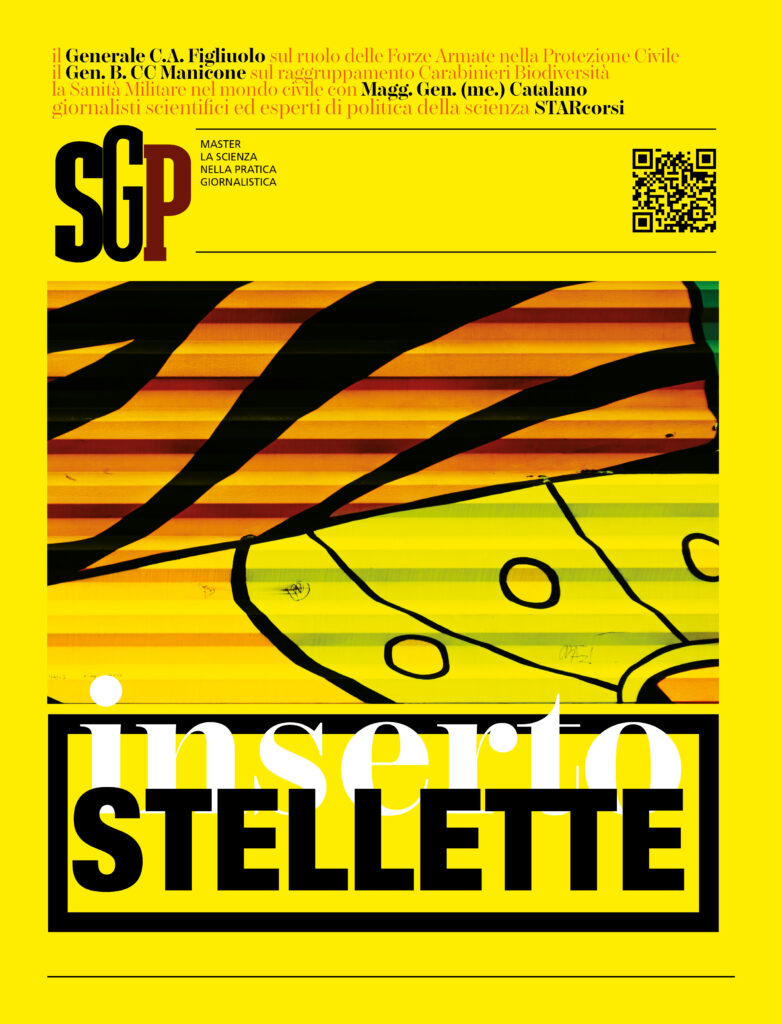

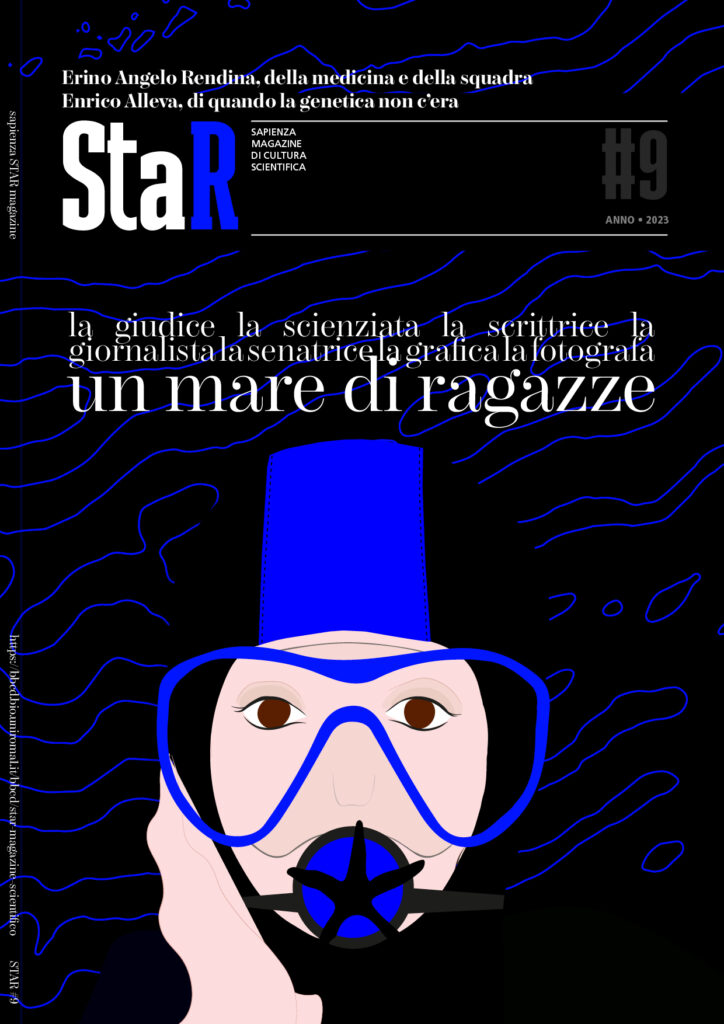
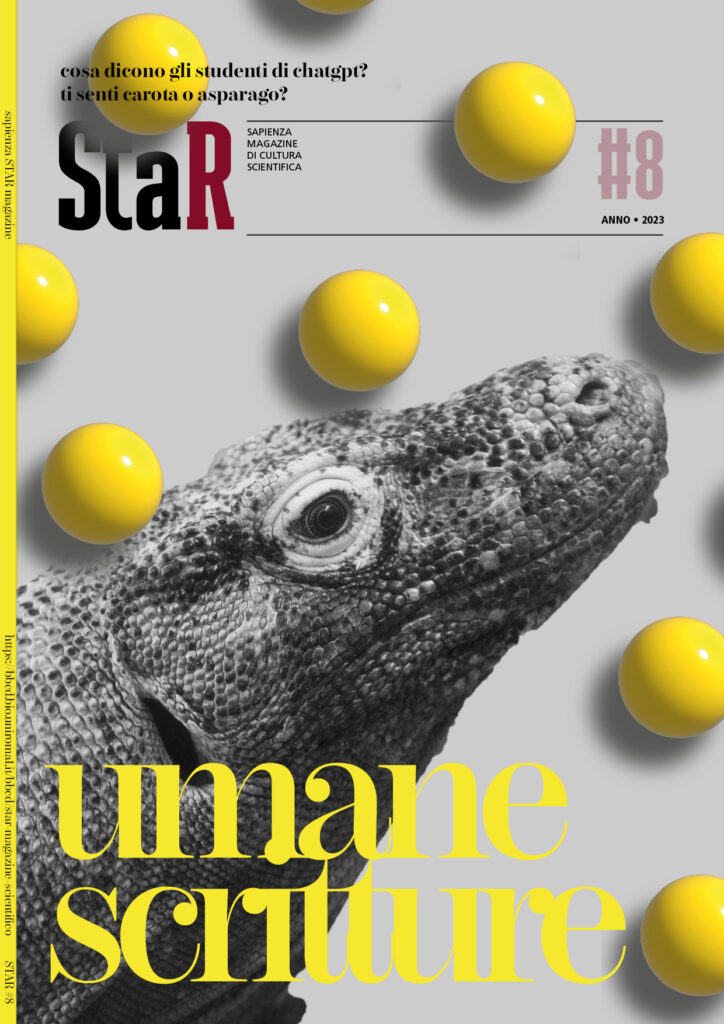
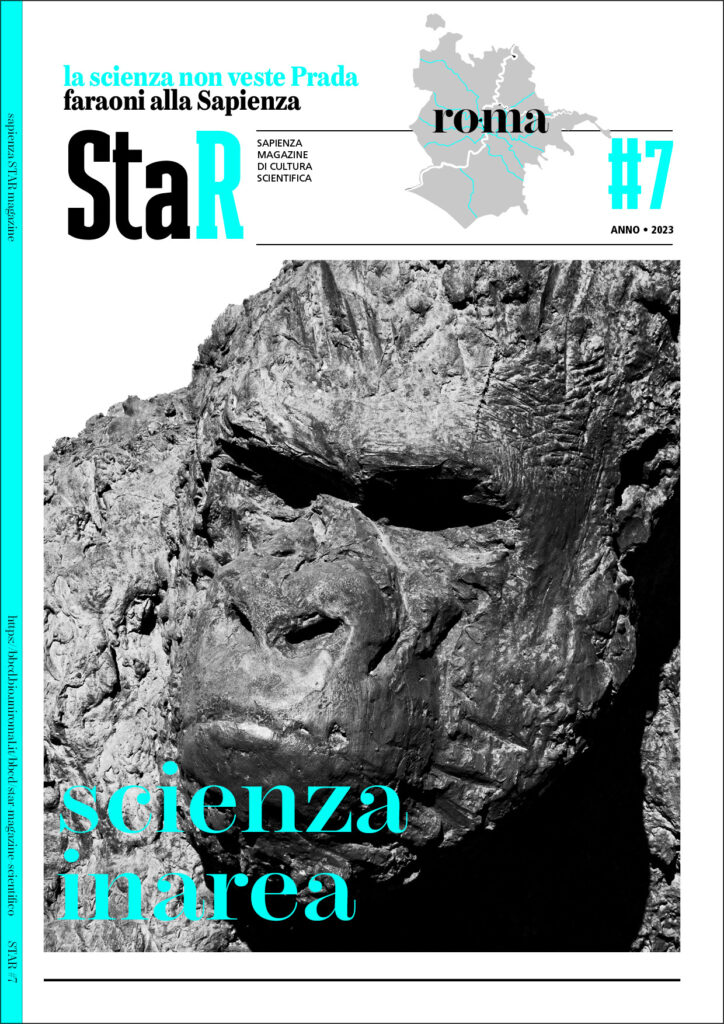

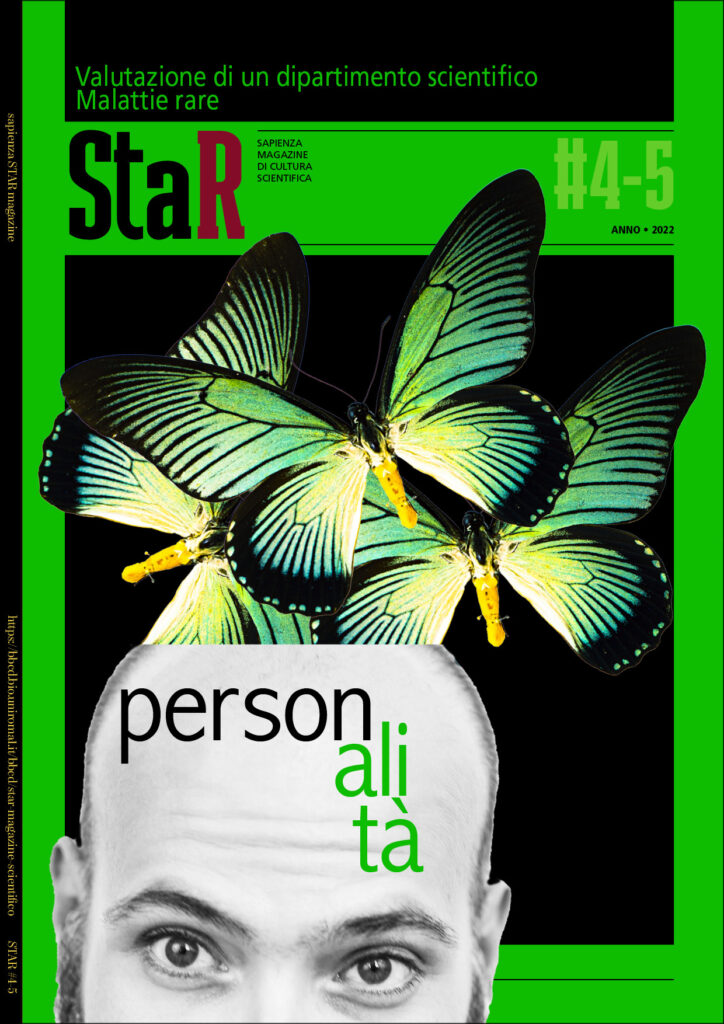

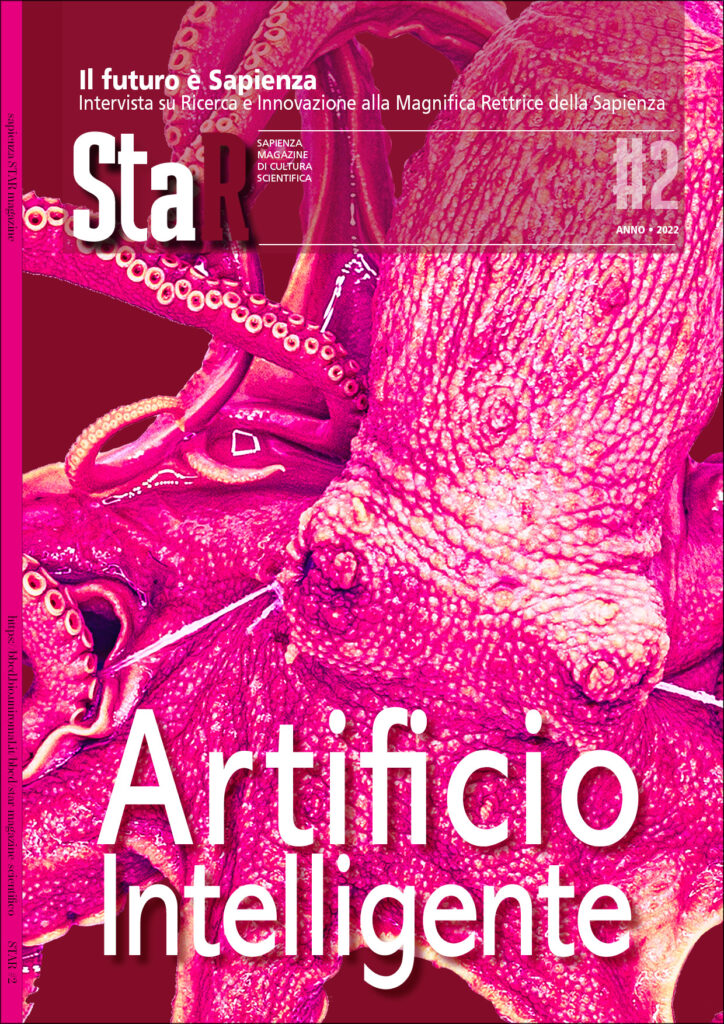

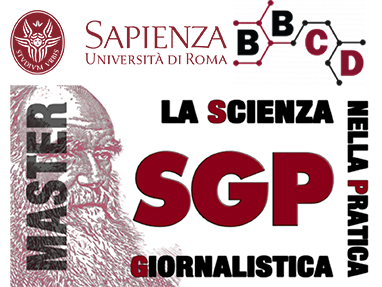
Commenti recenti